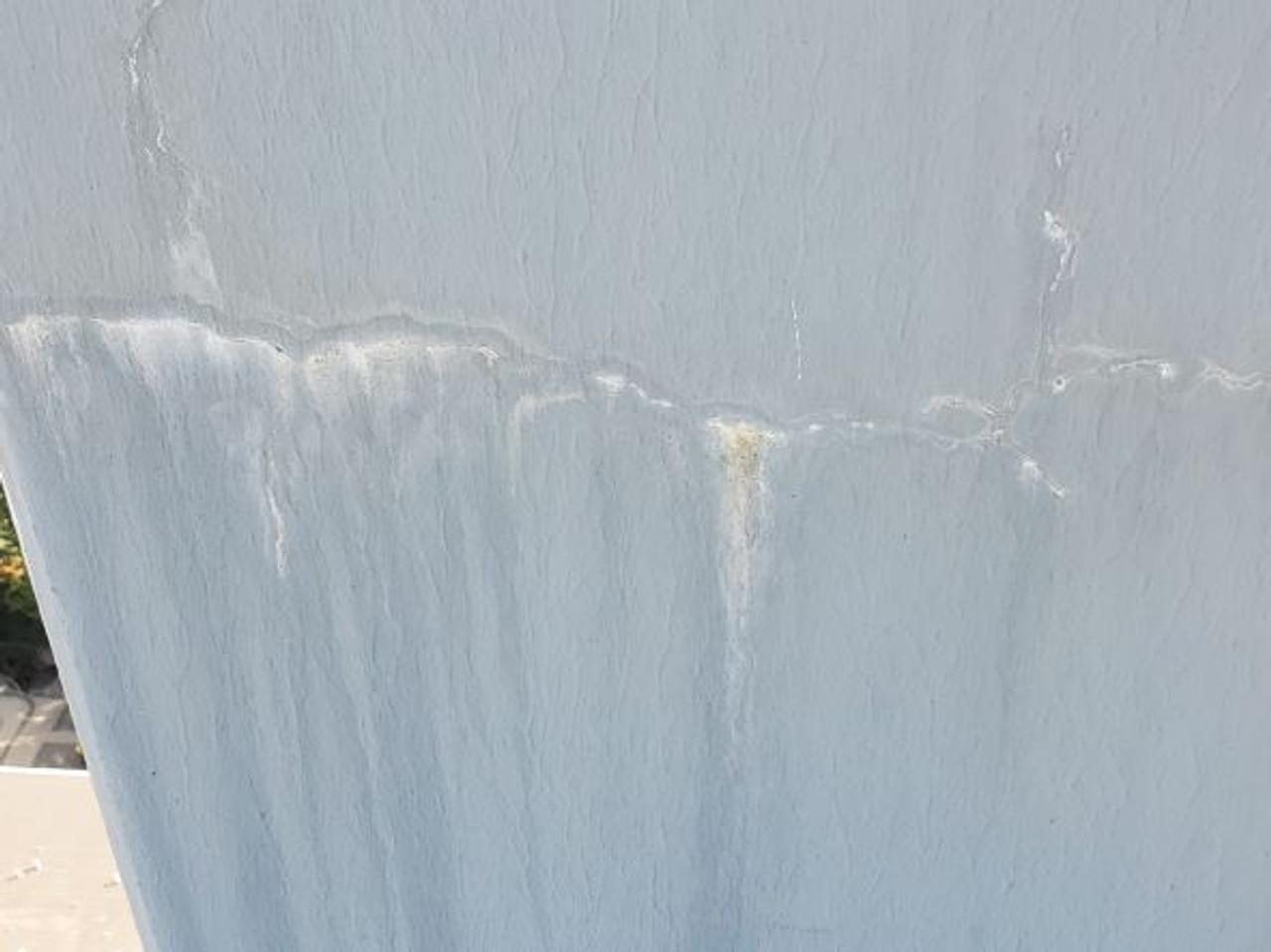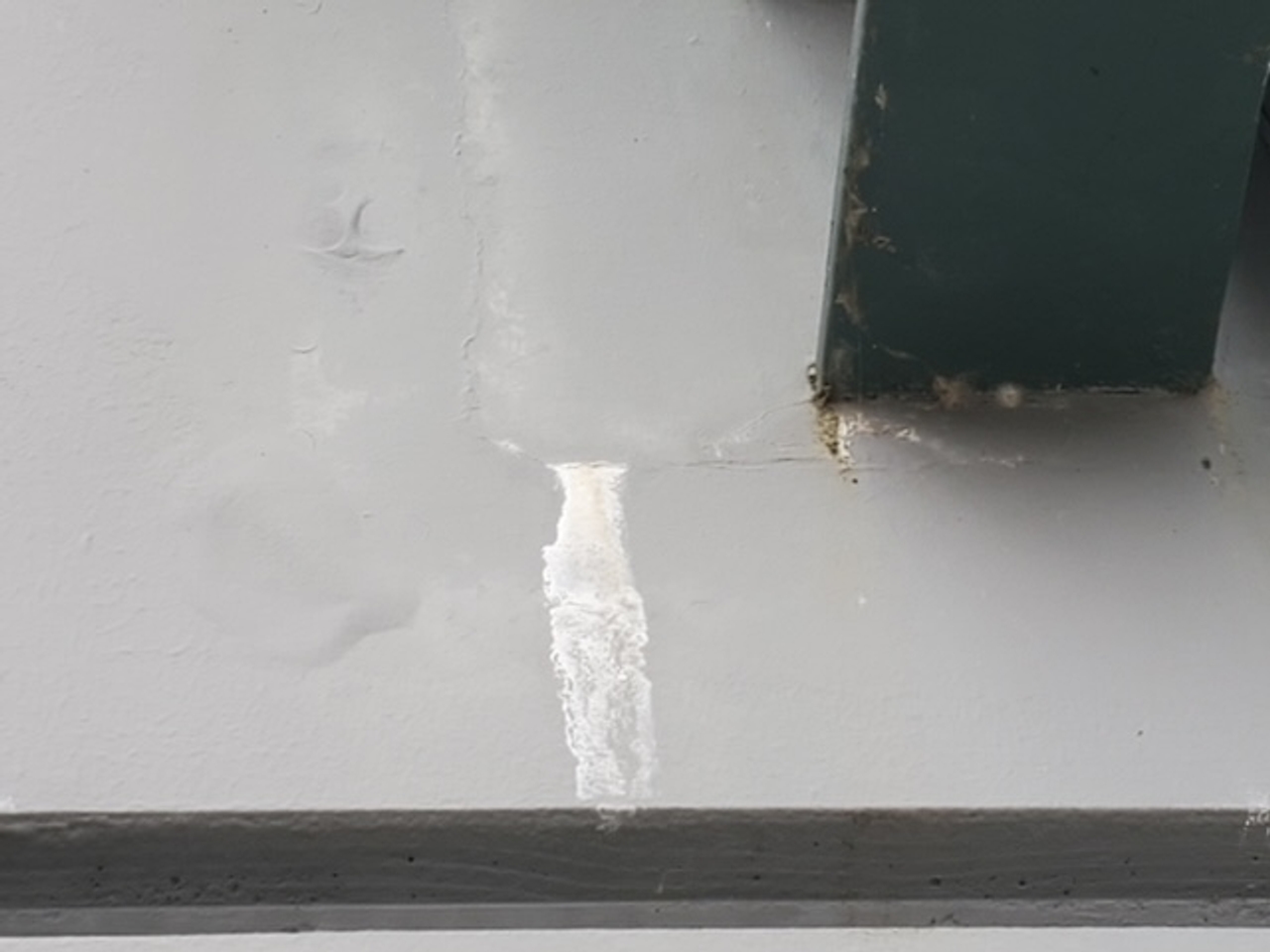What is Efflorescence?
February 13, 2023 at 7:47 PM
Have you ever walked around your home or your place of work and noticed something odd about the concrete? Upon closer examination, you notice a buildup of an unknown white or grey substance. It’s hardened, as if it has been around for ages, but it has also become a bit of an eyesore. It is ruining the look of the exterior, and causing damage to any paint, coating or sealant.

This phenomenon is known as efflorescence. That white substance you’re seeing is mineral salt deposits that have formed on the exterior of masonry. How are these salt deposits ending up there? Water, or water vapour, carries the salts to the surface by hydrostatic pressure, leaving the deposits behind while it evaporates into the air. The deposits can take on a hard calcium carbonate or fluffy crystalline appearance and can leave un-washable white stains embedded in your paint.
There are generally two sources of mineral salts that can cause efflorescence: 1) salts within the concrete or clay products, which will take decades to be depleted, and 2) nearby groundwater that contains salts that may continually wick up into the structural concrete. Take a house or building, for instance. The amount of weight will push down on the ground, creating hydrostatic pressure. Without a proper vapour barrier, moisture can penetrate the concrete and carry dissolved salts to the interior, causing efflorescence. If there are joints or cracks, which is a natural effect of ageing concrete, the water will travel easier.

As efflorescence builds up over time, it may raise health concerns as it can introduce mould, mildew, and musty smells. There are also structural concerns to consider. Too much salt travelling through the concrete can compromise structural integrity and result in difficult and expensive repairs. Coatings can be lifted and damaged if efflorescence develops underneath.
The simplest way to rid of concrete surface efflorescence is to physically remove the deposits with detergent cleaners a wire brush and a lot of elbow grease. Preventative measures would include identifying sources of moisture and applying the right sealant or coating. Painting is generally not recommended until existing efflorescence issues have been resolved. Ideally, you would have a reliable group of professionals to look into all matters mentioned above.

Inspec Consulting Services is the Lower Mainland’s leading coatings industry inspection company. Our highly experienced coatings inspectors will inspect your building in detail and provide you with our IPASS Report which will provide you with a snapshot of the current condition, uncover the issues affecting the coatings and sealants, and give an approximation of the life expectancy of the coatings and sealants on your building.
